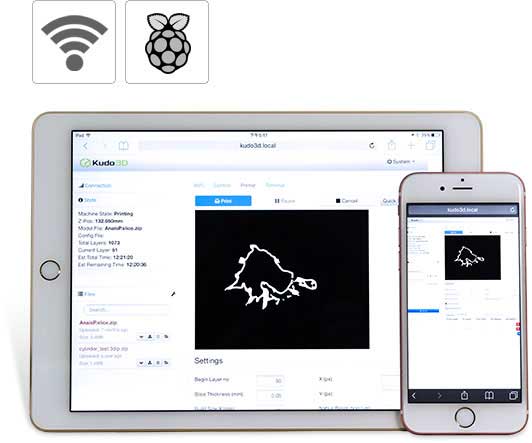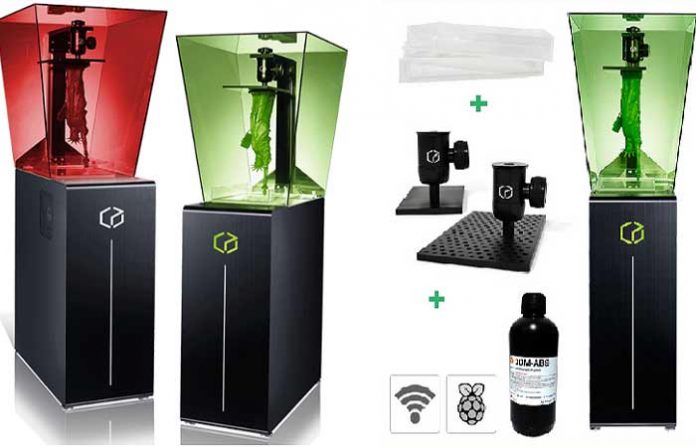San Francisco, California based, 3D venture Kudo3D launched the improved version of Titan 1 presented in Kickstarter platform in 2014. Adapting SLA technique just like the previous version, the printer draws interest with WiFi and web control application.
Presenting Titan 1 in Kickstarter platform and receiving great attention two years ago, Kudo3D brought fast printing to the users thanks to Passive Self Peeling technology. Receiving total 70,000 dollars funding, the company developed the next version Titan 2. Having 37-110 micron print resolution, Titan 2 also offers faster printing than other SLA solutions.

Similar to the Titan 1, the Titan 2 also includes the patent-pending, bottom-up passive self-peeling (PSP) technology created by the Kudo3D team. Designed to minimize the separation force between the cured layers and the resin, the technology uses a flexible resin container consisting of six different materials that work together to aid in reducing the separation force. The result is a system that allows for models to be printed with features as fine as a strand of hair or as large as 10 in tall without affecting resolution or print speeds.
The big changes include WiFi functionality, a built-in Raspberry Pi, web-based controls, the ability for one device to control multiple printers, a built-in-computer to avoid the need for standalone hardware, fewer cords and a mesh-like build platform that reduces vacuum force between the layers while printing. Lastly, and this is important for anyone that wants to get to printing instead of tinkering with assembly, it comes fully assembled and calibrated.
